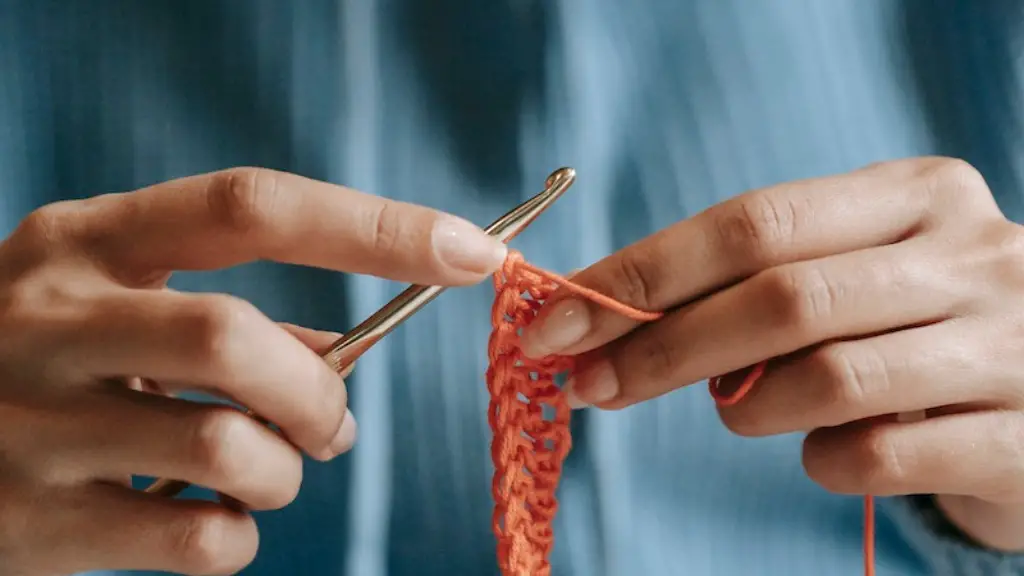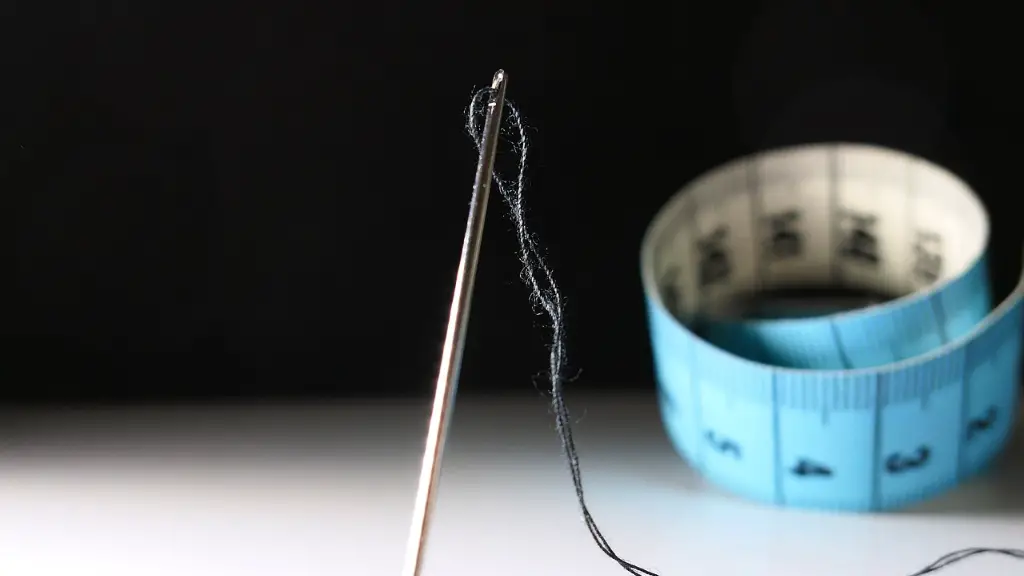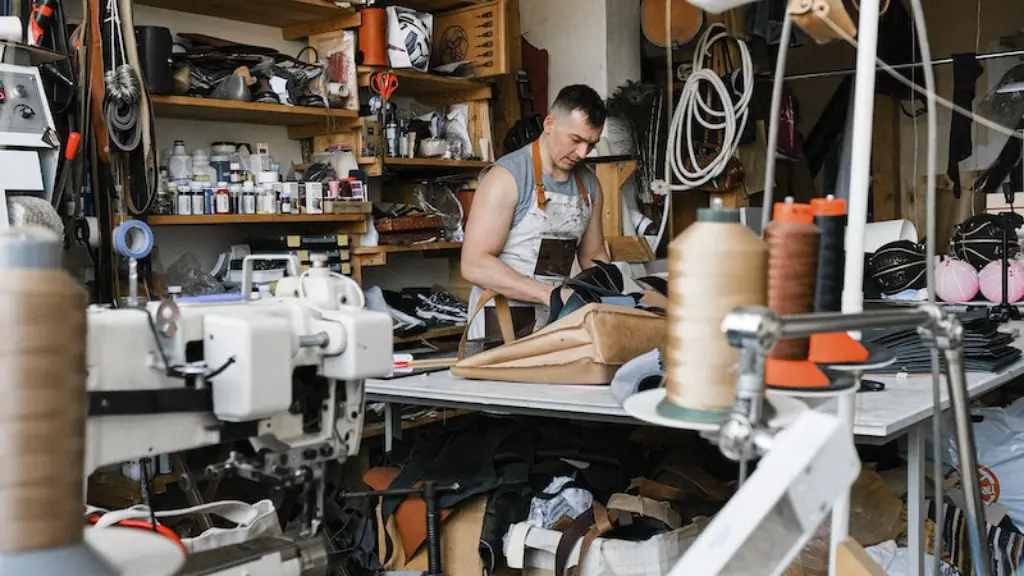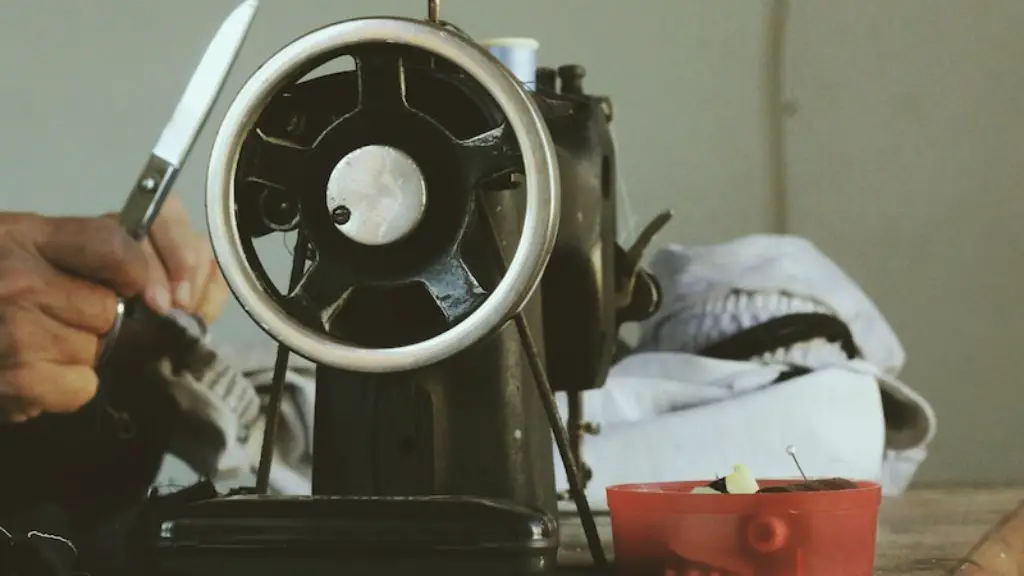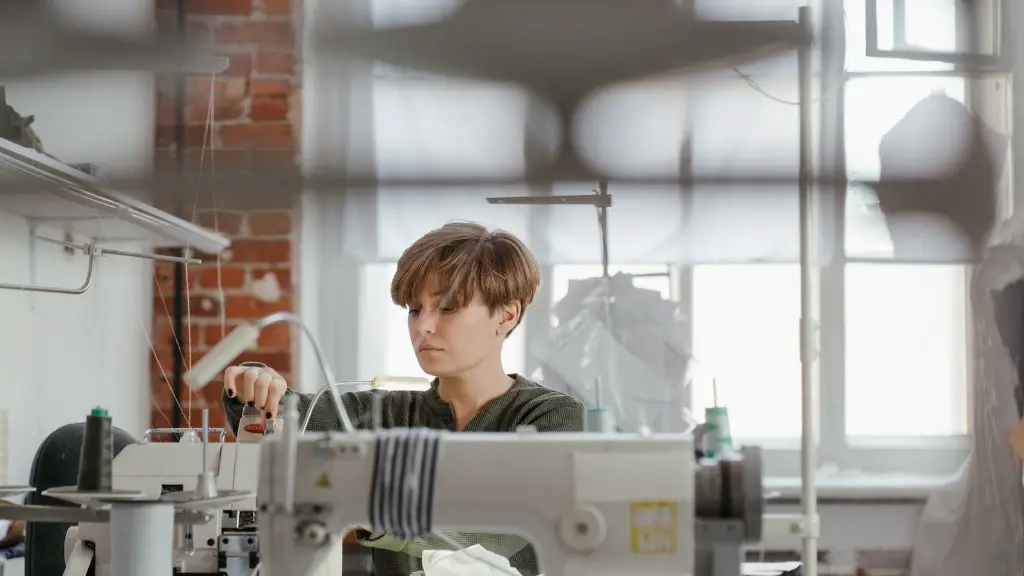Mechanics of Sewing
The core components of every sewing machine are a needle, a thread, and a feed mechanism. The feed mechanism does the bulk of the actual sewing, by moving the fabric consistently for the duration of the stitch. On most machines, the feed mechanism consists of a wide variety of movable and immovable parts, like the needle plate, bobbin case, presser feet, and feed dogs. To understand how a sewing machine works, it’s important to understand the mechanics of each of these pieces.
Needle
The needle used in a sewing machine is a specialized piece of metal, usually with a sharp point at one end and an eye at the other. The size and shape of a needle will depend on the type of fabric and thread being used. Needles are categorized by their size, with number 12 being the smallest and number 18 being the largest. The strength of a needle is determined by the shank, or width of the top. Needles with a larger shank are stronger, so for thicker fabrics with thicker threads, a larger shank size is usually used.
Thread
When using a sewing machine, a type of thread is required to hold together two pieces of fabric. Thread is available in almost any color and material, and the type of thread used will depend on the weight and type of fabric being used. Generally speaking, most fabric stores carry prewound thread, which is a cotton wrapped around a spool or bobbin. Alternatively, one can also use pre-cut threads, which are more suited to sewing heavier fabrics.
Feed Mechanisms
The basic role of the feed mechanism is to move the fabric beneath the needle to create a stitch. This is accomplished through a combination of the parts already mentioned. With either manual or electric sewing machines, the needle plate sits beneath the needle and its main function is to act as a guide for the needle. The feed dogs, or gearing teeth, move over the needle plate, helping to lift and lower the fabric as the stitch is made.
The presser foot, meanwhile, is a weighted foot that rests above the needle plate. This part acts as the clamp, holding the fabric in place and preventing it from being pulled away from the needle as it works. The bobbin case works with the needle to hold the bottom thread, usually left behind when the needle exits the fabric. All of these pieces work together in order to ensure the stitch is clean and consistent.
Timing Belts
Timing belts, otherwise known as timing chains, are an integral part of modern sewing machines. The timing belt is responsible for linking all the moving parts of the sewing machine, ensuring they move and interact in synchronicity. It consists of a flexible belt, or chain, with a centrally located cog or gear. The gear engages with the other parts of the machine, allowing the needle and feed dogs to move at the same time and create a stitch.
Motor Units
Most modern electric sewing machines are powered by a combination of a motor and an electronic circuit board. The motor drives the spinning of the needle and other components, while the electronic circuit board is responsible for controlling the speed and direction of the movement. Controlling the motor unit is done via a single power switch, and most machines also come equipped with a handwheel, allowing the user to manually adjust the position and speed of the needle.
Sensors
Sensors play an essential role in the operation of sewing machines. The most common type of sensors are speed sensors, which monitor and adjust the speed of the motor in order to achieve the optimum stitching speed. Thread tension sensors are also used in some machines, and are responsible for automatically adjusting to the weight of the thread, ensuring stitches are consistent and even.
Synthetic Fabrics
When it comes to synthetic fabrics, a slightly different approach is taken. Synthetic fabric can be difficult to sew, due to its slippery nature. To ensure the stitching process is successful, most sewing machines come equipped with a variety of special features, such as a synthetic needle and a special feed dog made specifically for synthetic fabrics. These features work together to ensure that the stitches are tight and even.
Computerized Sewing Machines
In recent years, computerized sewing machines have become increasingly popular. These machines allow users to program certain functions and patterns into the machine, making the stitching process much easier and faster. Programming can be done with the help of a USB connection or directly from the machine’s control panel. With a computerized machine, it is possible to create intricate patterns, textures and designs with ease.
Embellishments
No matter the type of fabric being used, embellishments can add a unique touch and an extra level of detail to a finished piece of clothing. Most sewing machines are equipped with a variety of special features for adding embellishments, including erasers, piping and rufflers. Erasers are used to create a rolled edge, while piping can be used to add a decorative touch to collars, cuffs and hemlines. Rufflers, meanwhile, are ideal for creating pleats and flounces.
Innovations in Sewing Technology
The market for innovative sewing technology is ever growing. It is now possible to find machines that are capable of carrying out a vast range of tasks, from embroidery and quilt-making to monogramming and 3D printing. One of the most advanced pieces of equipment is the serger, a high-speed machine that is capable of producing professional quality stitches in a fraction of the time. In addition to this, domestic sewing machines are now available that are capable of attempting a variety of different fabrics and projects.
Do-It-Yourself Sewing Projects
Sewing projects have experienced a resurgence in recent years, with the popularity of the “do it yourself” movement. Working on one’s own sewing projects has many advantages, from reducing costs to having a great deal of satisfaction and pride on successful completion. Not only is learning how to use a sewing machine relatively straightforward, but there are also plenty of resources available to help in the process. Inexpensive sewing machines can be found on websites such as eBay and Amazon, as well as in most fabric stores and craft shops.
Online Tutorials
In addition to the resources provided by fabric stores and other outlets, sewing enthusiasts can also find a wealth of information and instruction online. Sites such as YouTube, Pinterest, and Sewing Blogs are a great starting point for learning the basics. Additionally, online tutorials are available for those looking to tackle more advanced projects. As well as these, enthusiasts can also join communities such as sewing forums, sewing Facebook groups, and sewing meet-ups, allowing them to share their knowledge and experiences.
Zero Waste Sewing
Zero Waste Sewing is a growing trend for those looking for sustainable fashion. It is the practice of producing clothing items with no fabric waste. Projects are planned with the objective of utilizing all of the fabric that is purchased, reducing the amount of fabric going to landfill. There are numerous blog tutorials and resources available to help with Zero Waste Sewing, and many of the same techniques used in traditional sewing also apply.
Organic, Sustainable Fabrics
Organic and sustainable fabrics are becoming increasingly popular, as more people recognize the importance of sustainability. These fabrics are made from renewable materials, such as cotton, hemp, and bamboo, and are often free from pesticides and other chemicals. When it comes to sourcing these fabrics, many online retailers offer organic, sustainable fabric collections, making it easy to purchase these materials from the comfort of one’s own home.
